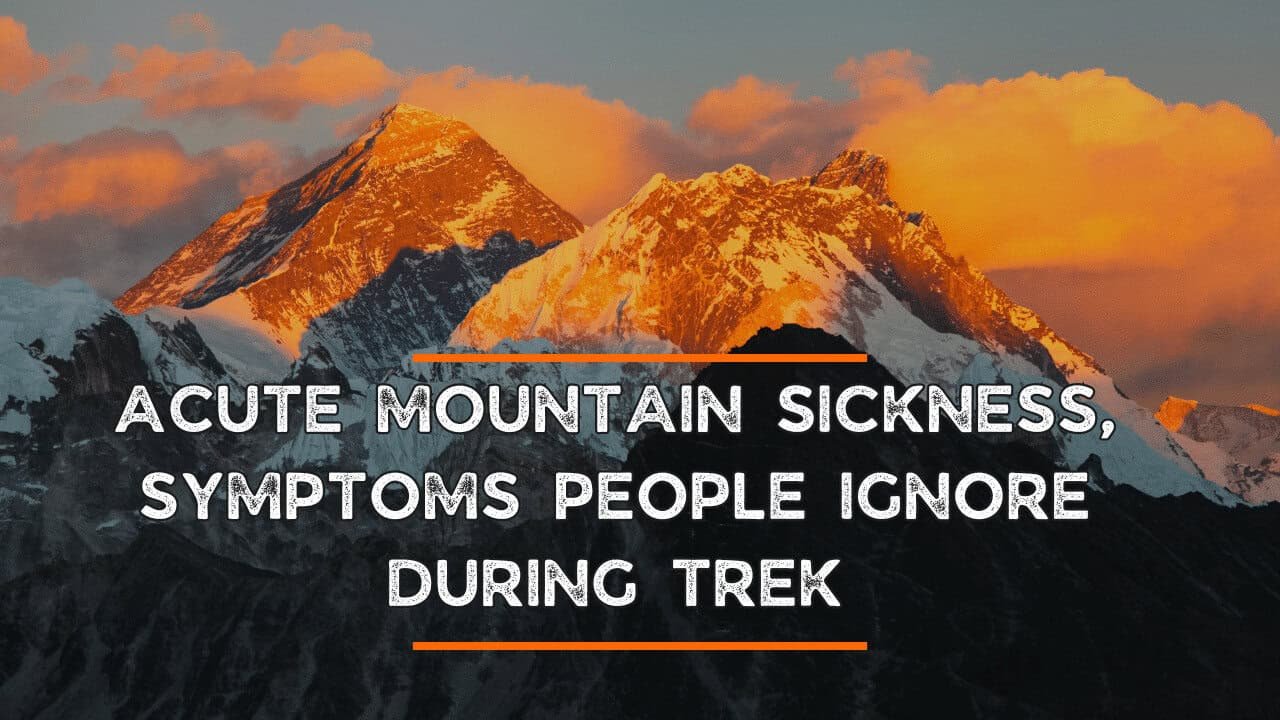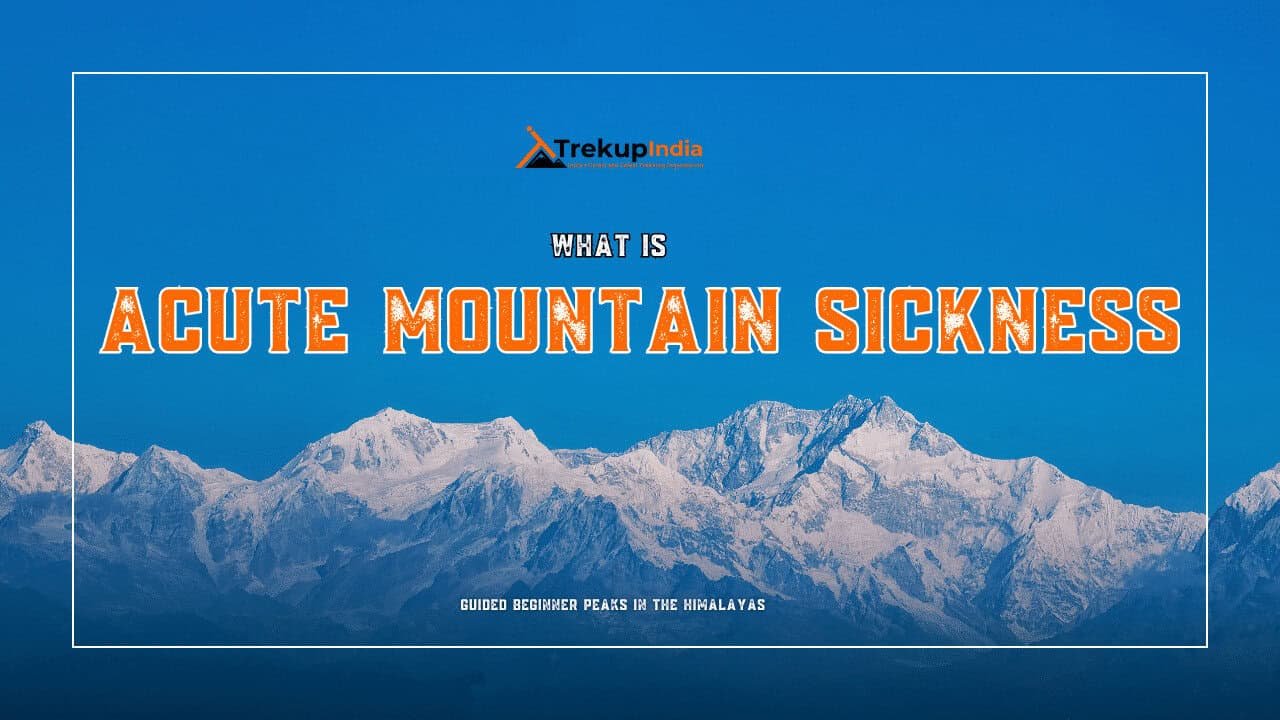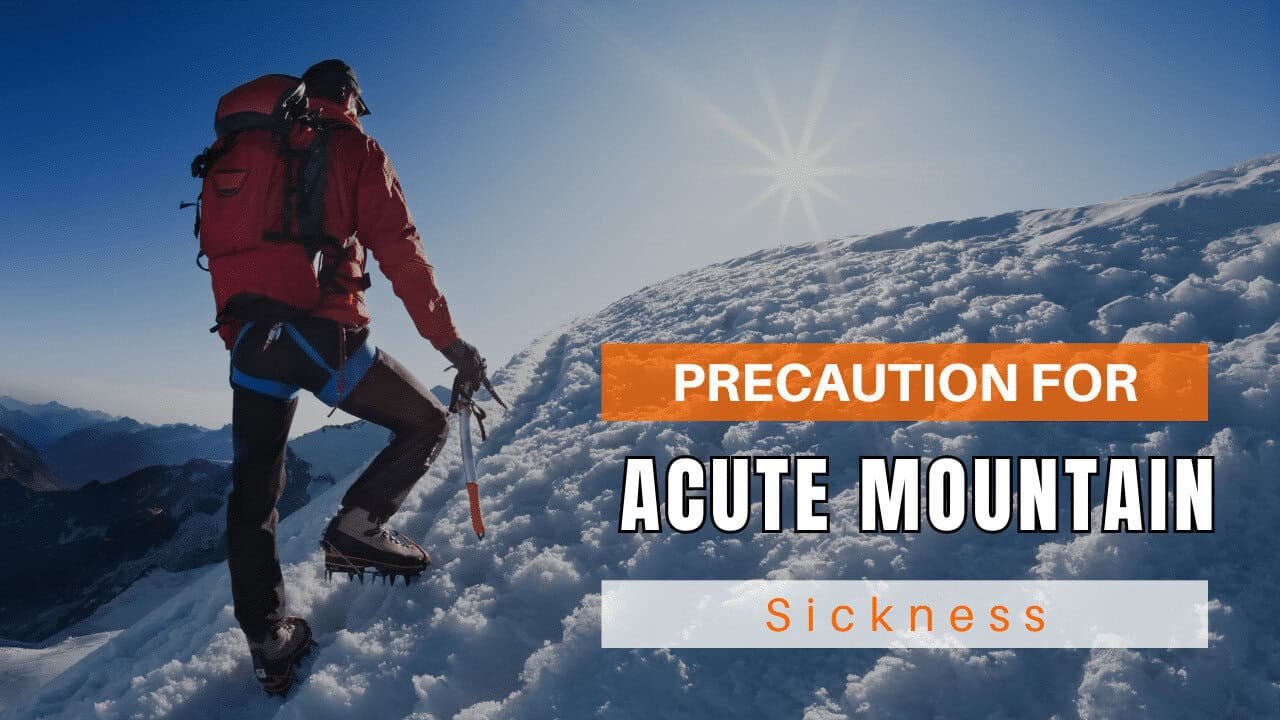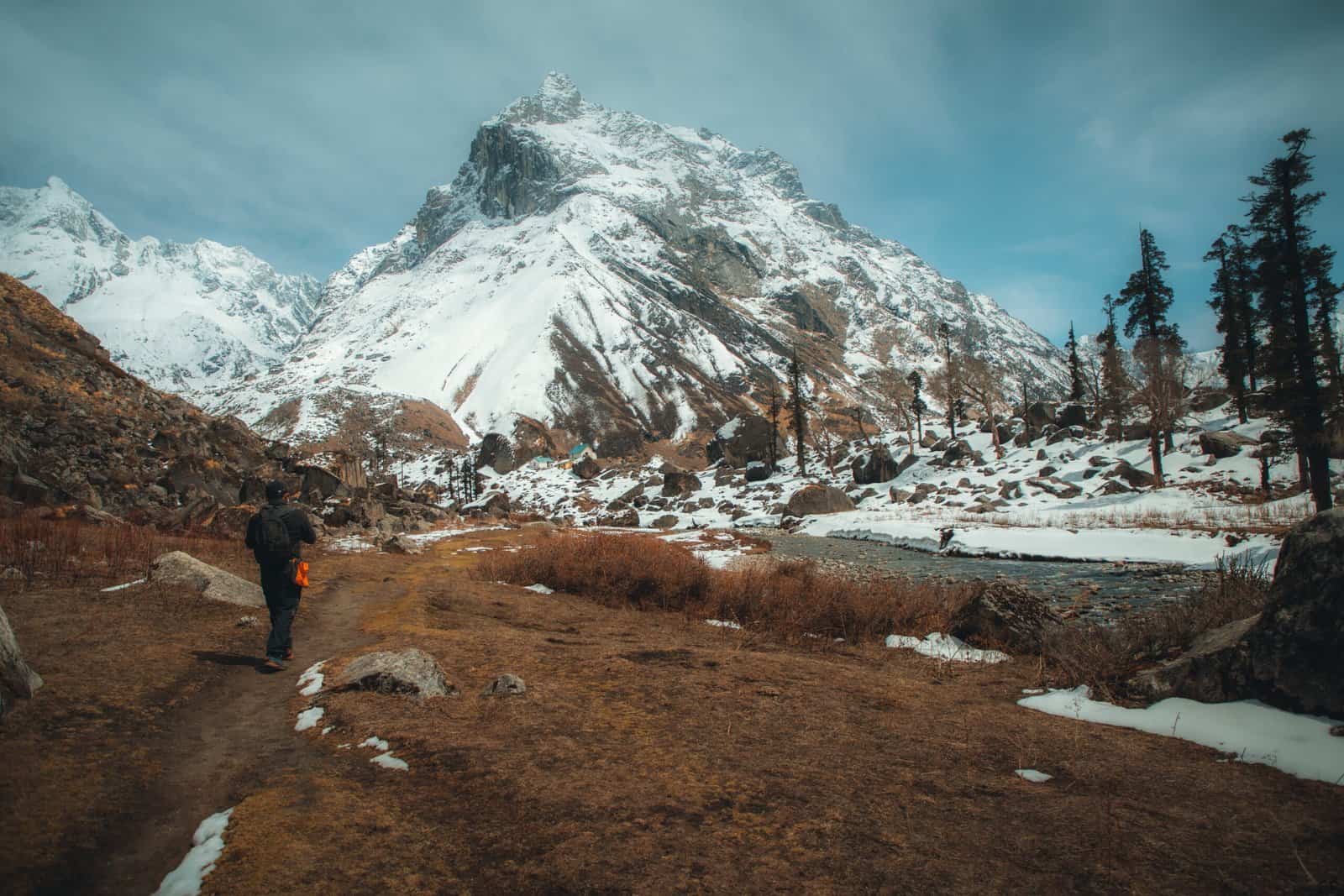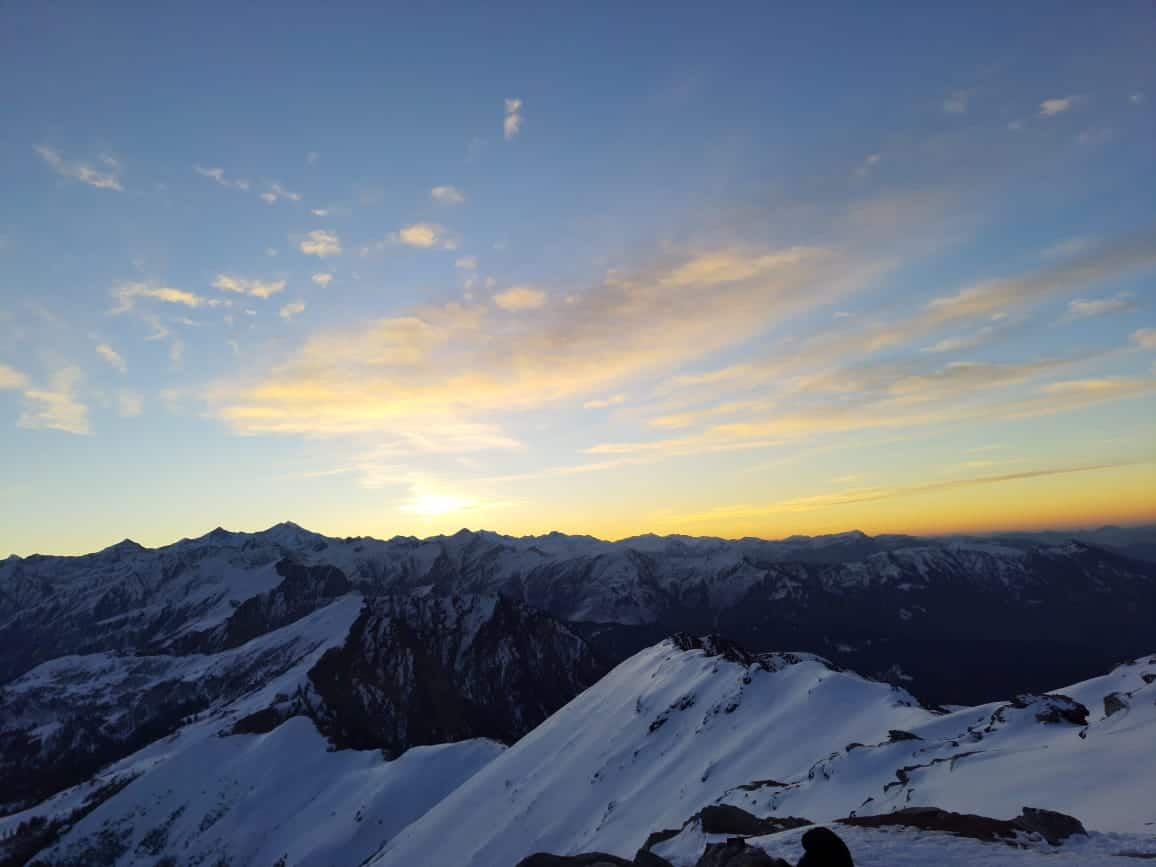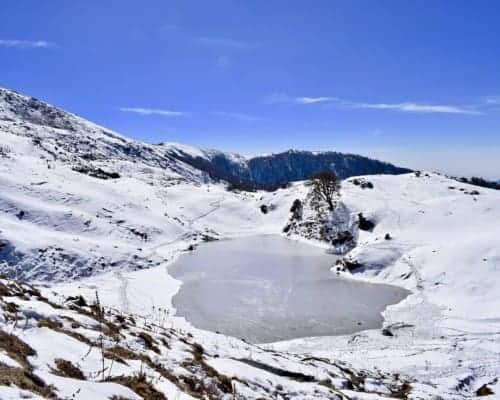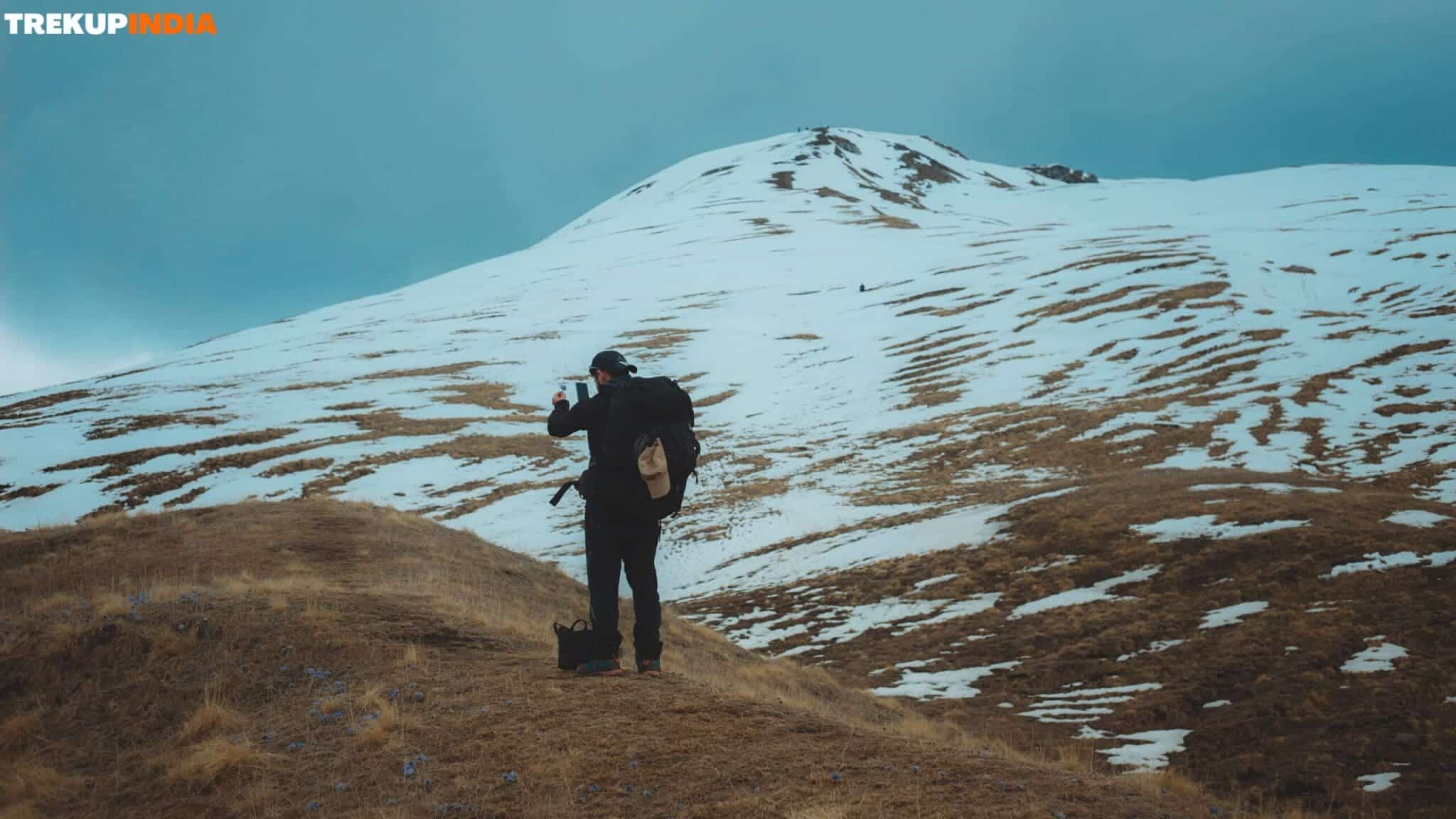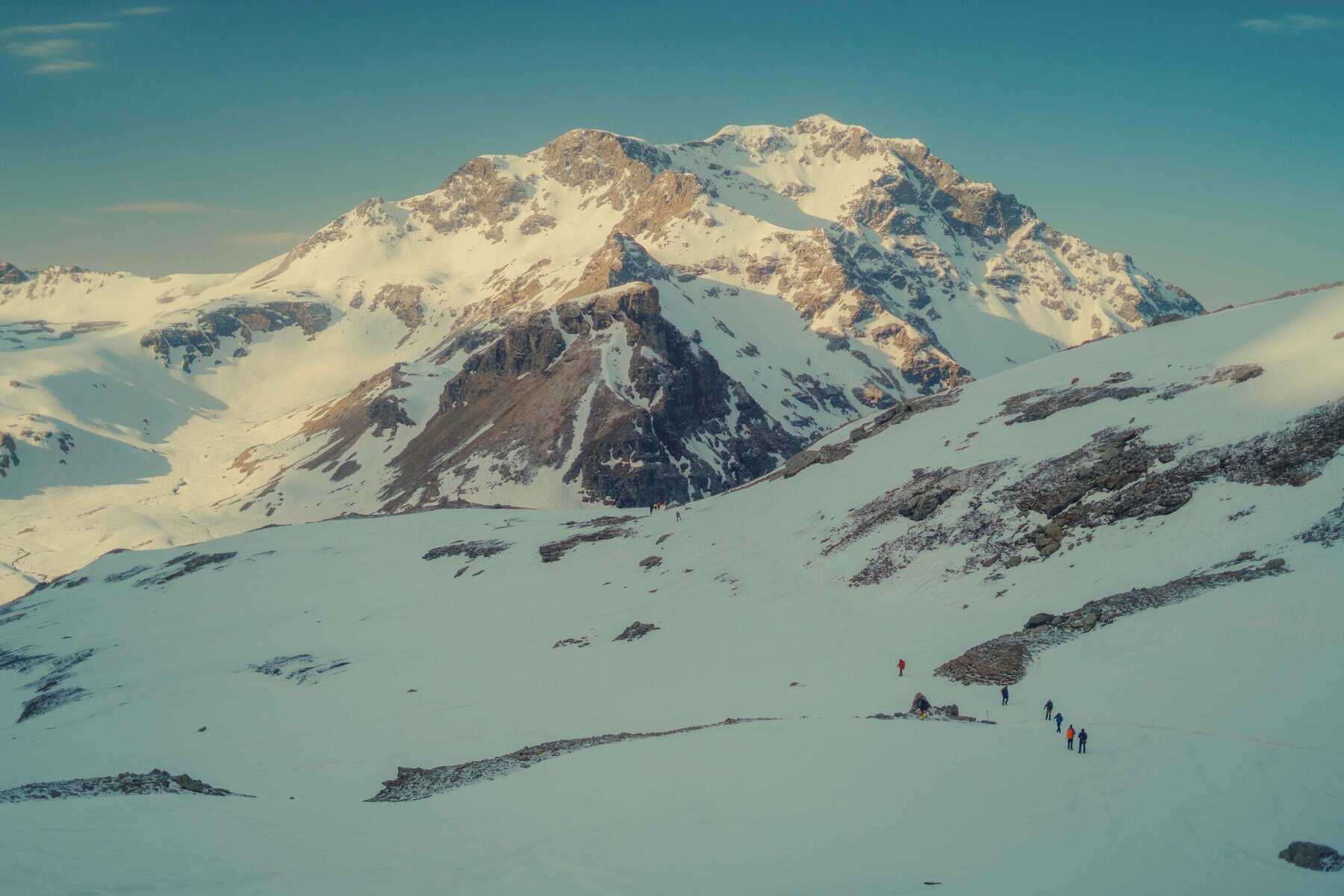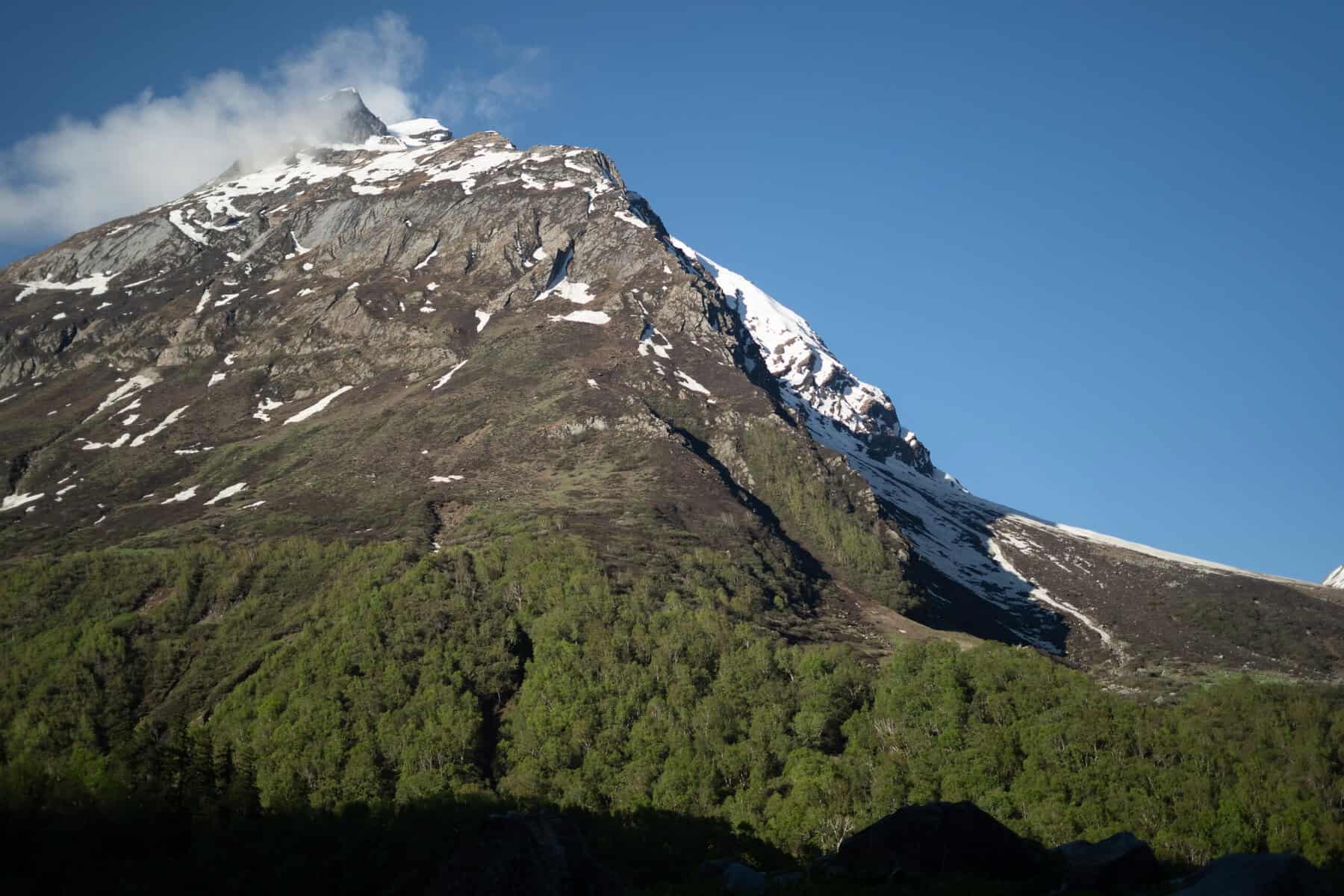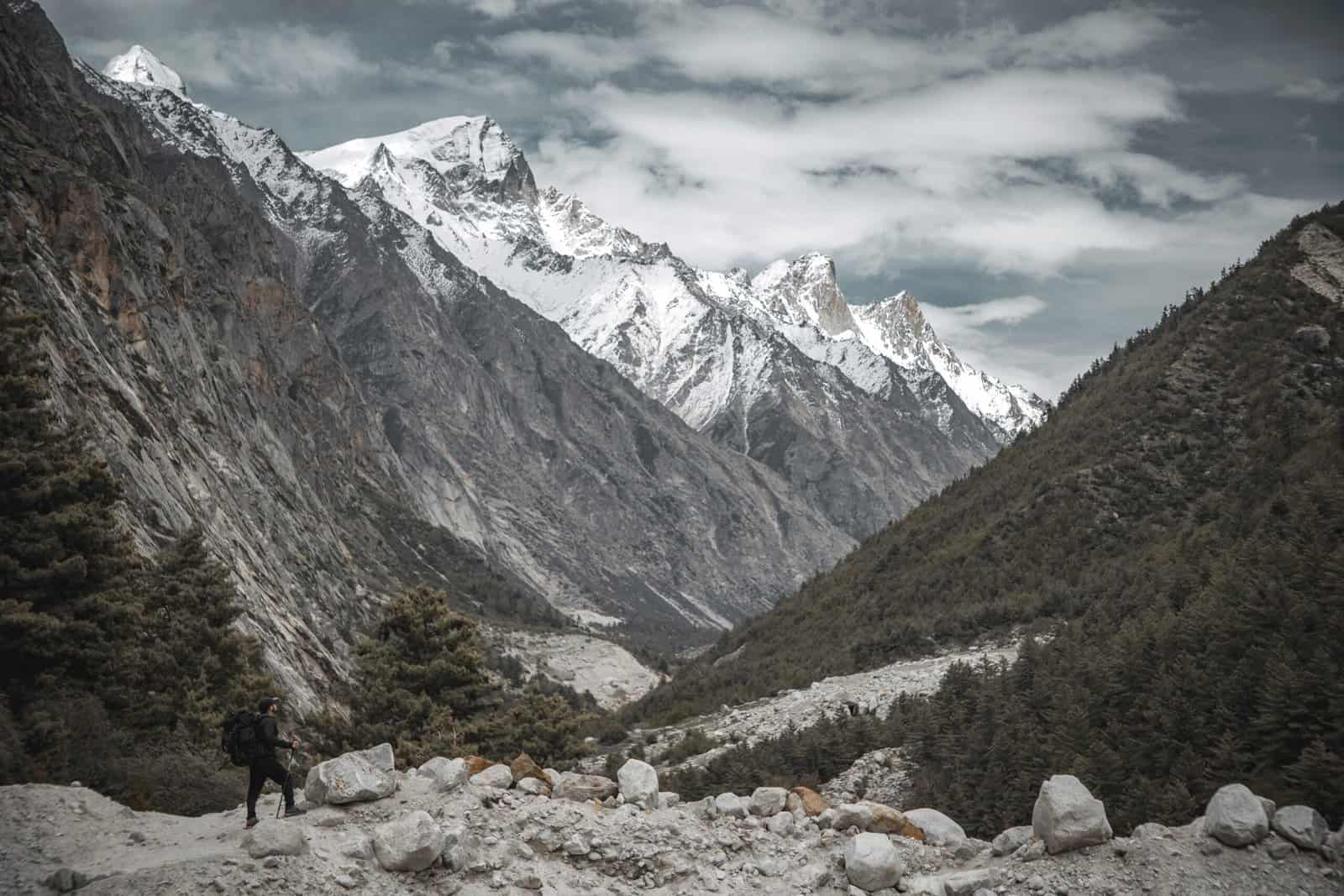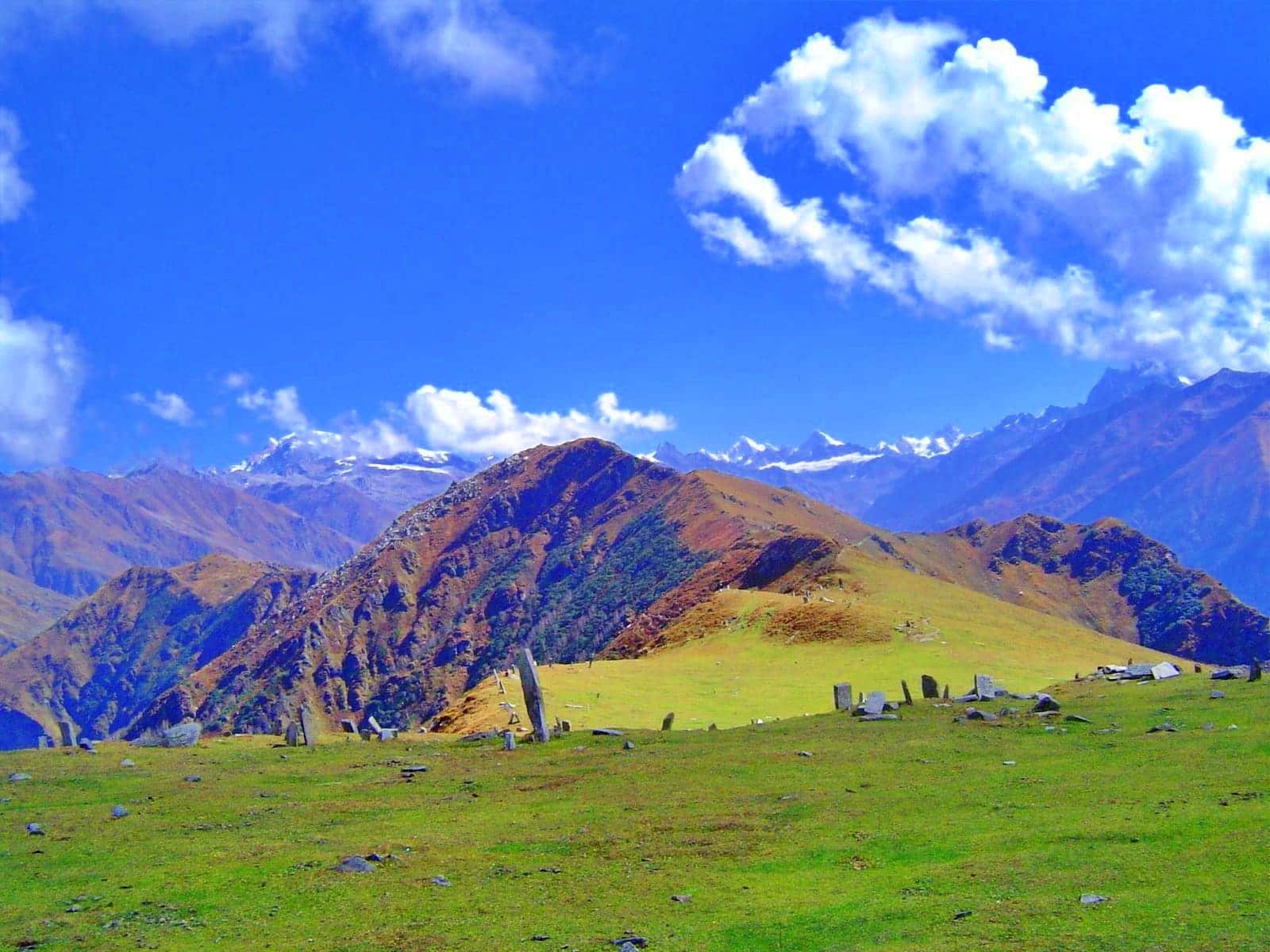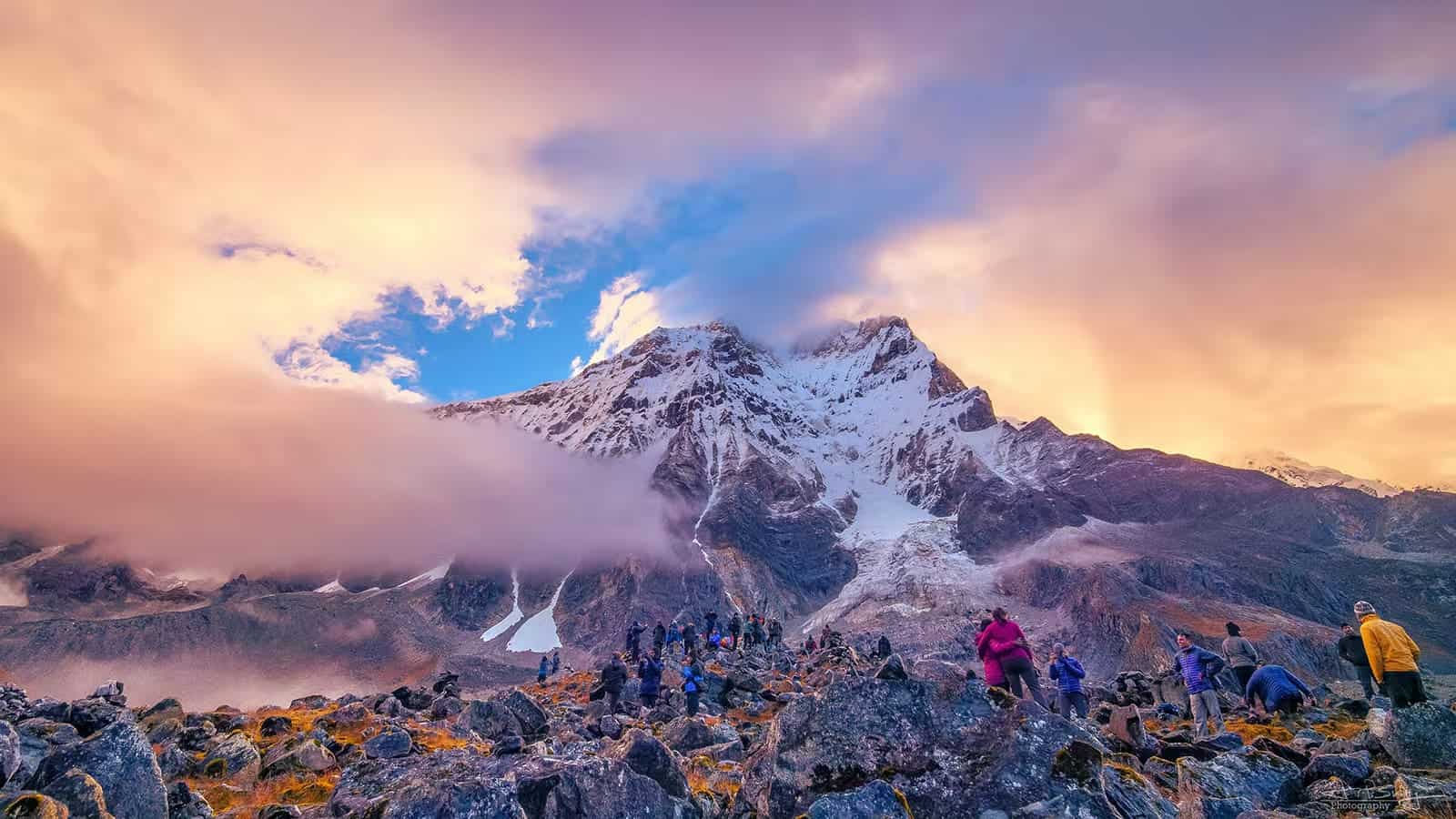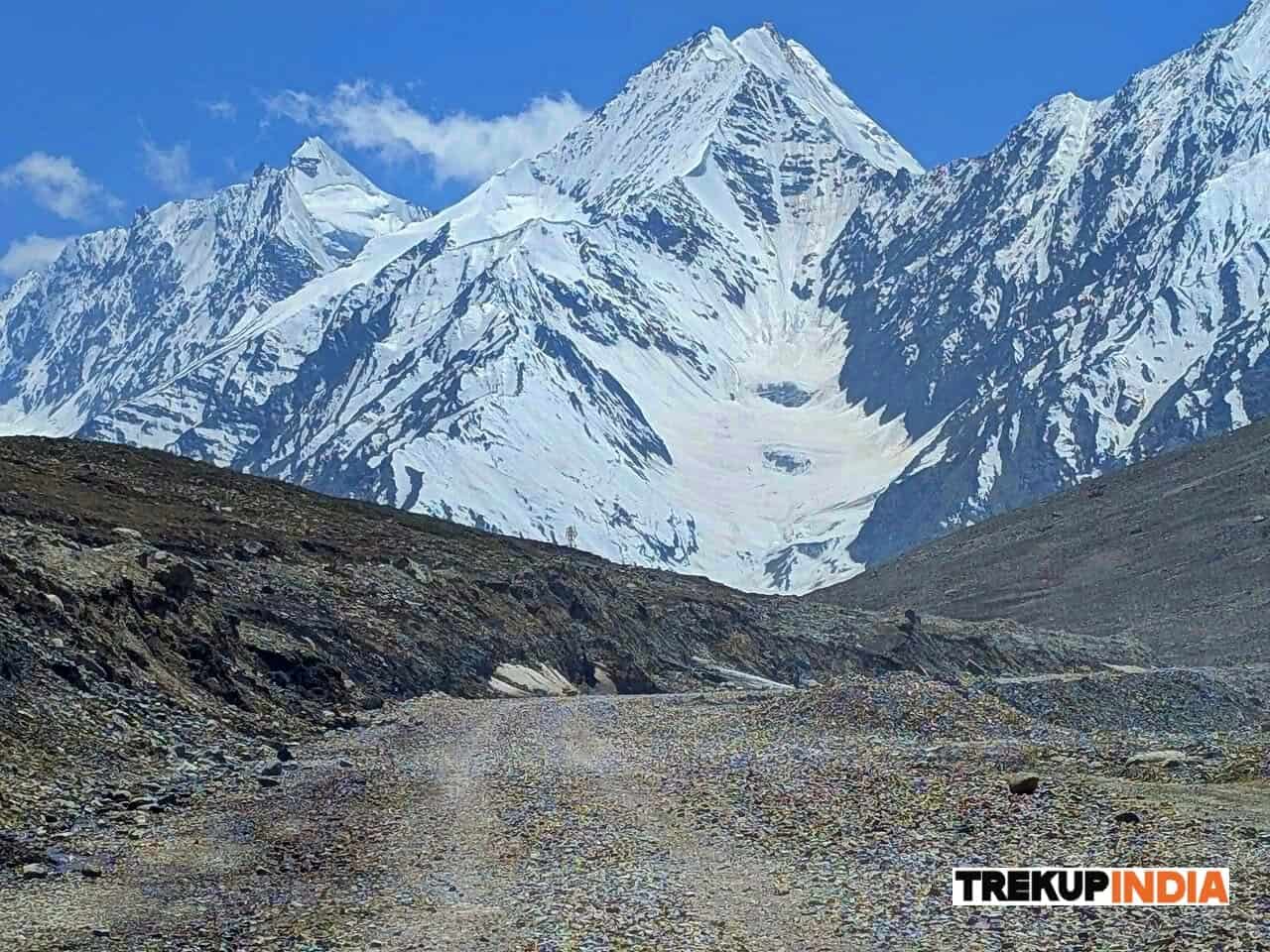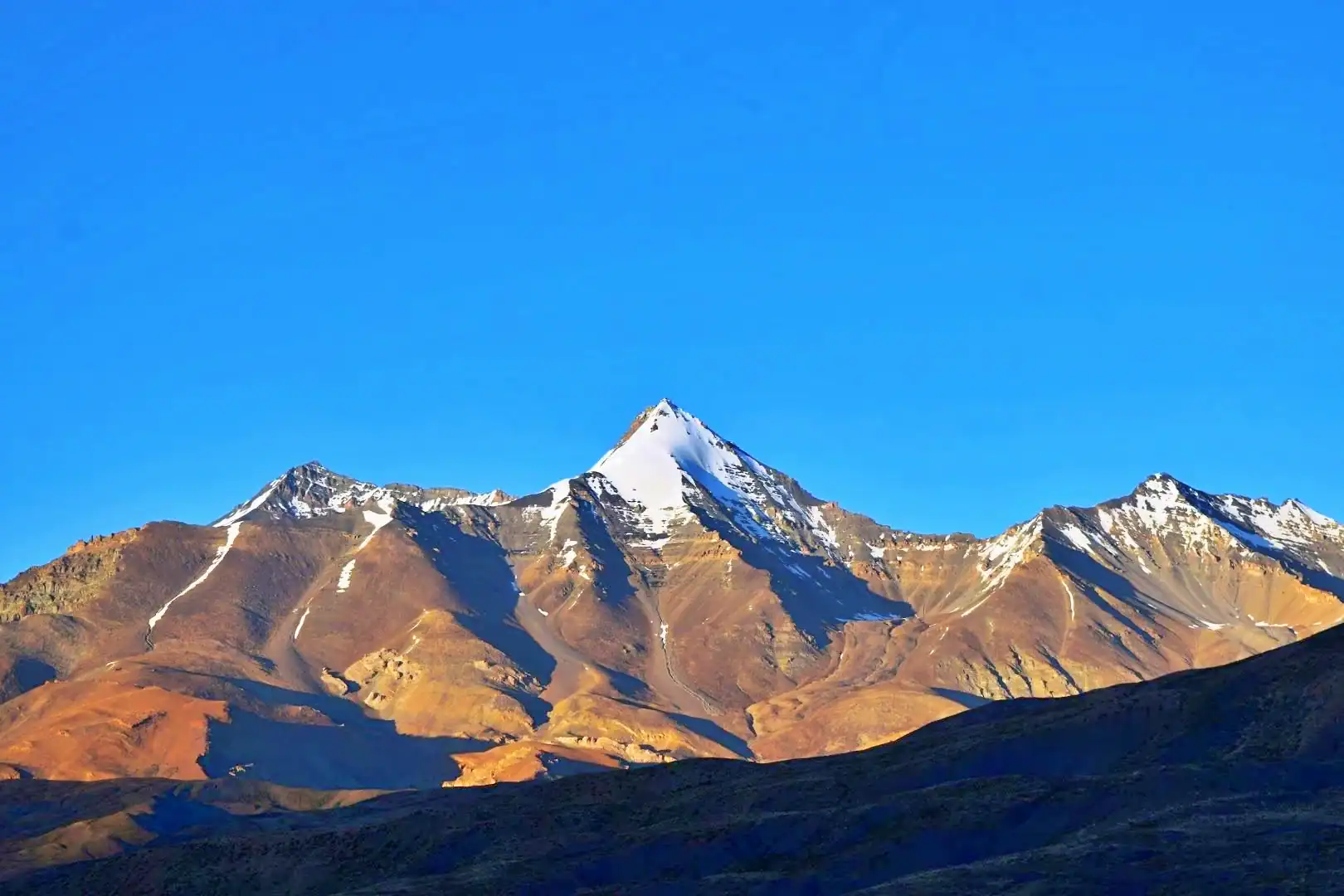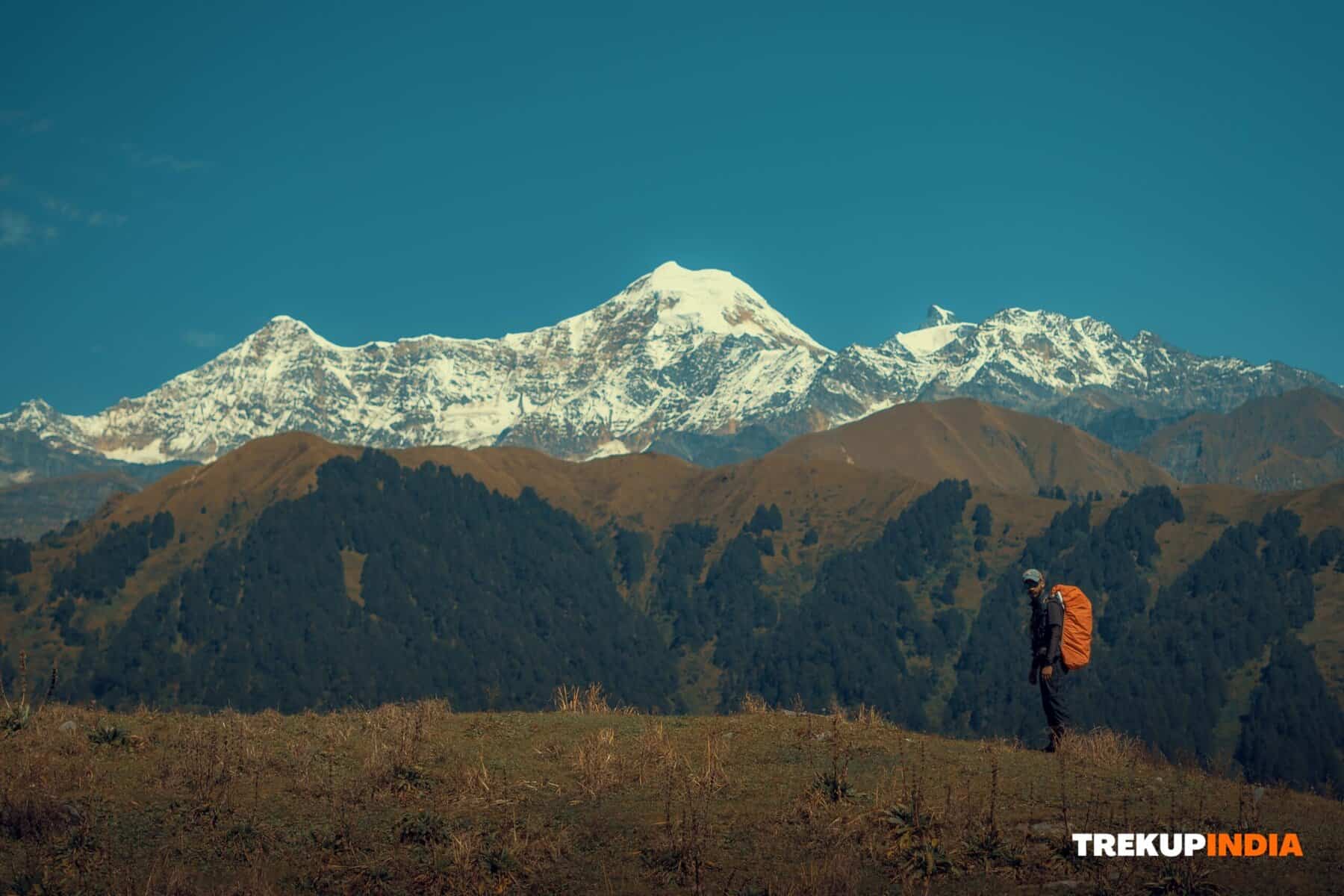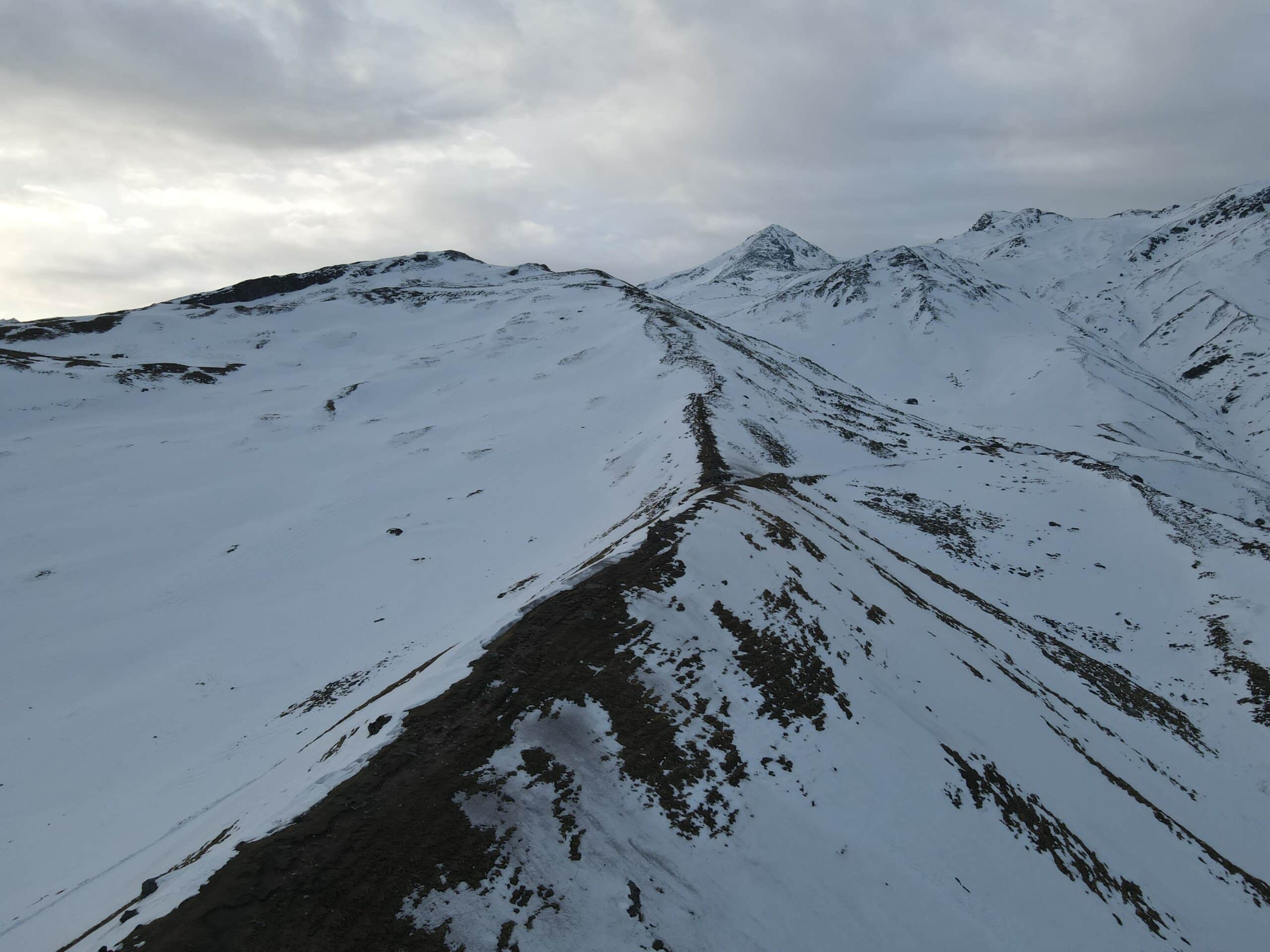Monsoon Trekking Tips: Stay Dry, Safe & Comfortable on Rainy Trails
Monsoon treks are breathtaking – lush green valleys, cascading waterfalls and mist-laced trails with earthenware aroma await your visit. Unfortunately, however, not everything about these monsoon excursions is poetry: rain can fall for days on end, making trails slippery while your gear remains wet until reaching your campsite. Here at Trekup India, we have assisted numerous trekkers during monsoon season treks and gained valuable lessons that we have put into this guide on staying dry, safe and secure while trekking during rainy conditions.
1. Prepare for Rain
A watertight backpack and rain cover are essential in order to keep equipment dry in case it rains, such as dry bags for electronic devices, as well as zip-lock bags containing important documents.
Clothing That Dries Fast
Cotton clothing absorbs moisture quickly and takes some time to dry; try instead choosing quick-dry clothing made of materials like polyester that evaporate quickly, such as:
- Moisture-wicking T-shirts & trek pants
- Light Rain Jacket and Poncho
- Trekking shoes should be waterproof and feature excellent grip for trekking expeditions.
- Monsoon trekking can be treacherous. Make sure that you invest in anti-slip footwear before setting out.
- Shoes for trekking that feature large treads (Vibram soles are recommended)
- Gaiters to keep dirt and leaks out
2. Stop Leeches Now
Leeches can be a major problem during monsoons. But you can help protect yourself by following a few easy tips:
- Use tobacco or salt on shoes and socks
- Utilise leech socks or clothing that fits closely, such as clothes that tighten around the ankle.
- Utilize a small salt sachet to eliminate leeches quickly.
- Avoid sitting for too long on wet grass or rocks.
3. Be Smart About Packing for Rain - Essential Monsoon
Plastic Bags for Clothing and Waste (including plastic garbage bags).
Extra socks (wet feet can cause blisters!) will prevent this scenario.
Clean your phone in an environmentally-friendly and fast-drying microfiber pouch (with waterproof lining). For even faster drying times, grab an accompanying microfiber towel.
Electronics in silica gel packs (to prevent moisture damage) is another effective way of protecting them from moisture damage.
4. Stay Safe on Slippery Trails
Take care when walking over slippery surfaces by carefully testing each step before placing weight on it.
Use trekking poles for balance when trekking.
Be cautious of shortcuts and follow trail markers.
Be careful around waterfalls & river crossings (water levels can quickly rise!). Also, exercise extra caution at waterfalls & river crossings as water levels can quickly change!
5. Health & Hygiene
- Stay healthy (Monsoon humidity may deceive).
- Take electrolytes, ORS or carry them.
- Antiseptic cream should always be used on wounds (leeches and wet conditions can increase your chances of an infection) to help protect from potential infection.
- Make sure that you have an essential first-aid kit, including bandages and painkillers as well as antiseptic.
6. Campsite Hacks
Place tents on elevated surfaces to prevent water from pooling underneath them, thus avoiding possible flooding issues at your campsite.
Use a groundsheet under your tent.
Be sure to keep wet shoes out of the tent by placing them upside-down for drying purposes.
7. Keep Weather & Terrain Aware
Before embarking on any journey, ensure you are aware of the weather forecasts before making plans to travel.
Stay ahead of heavy afternoon rainfall by rising early.
Always be ready for unexpected fog conditions by carrying a whistle and a torch with you.
Conclusion
Monsoon trekking can be an exhilarating adventure, yet it requires more caution and awareness than other excursions. By equipping yourself with appropriate gear and keeping an open mind, you can successfully traverse treacherous slopes, avoid insects, and enjoy nature’s raw beauty.
Are you heading out on a monsoon trek? Make sure that you pack carefully, travel safely and let the rain fuel your adventures!
About Author

Anoop Rawat (Admin TrekUp India)
Anoop has worked for 5 years as a Trek Leader with TrekUpIndia, leading numerous treks across the diverse and challenging terrains of Uttarakhand and Himachal Pradesh. He holds a degree in Geology with a specialization in Geographic Information Systems (GIS) from UPES Dehradun. During his academic years, he actively applied his classroom knowledge in the field—most notably by contributing to a glacier research project on the Jundar Glacier in the Har Ki Dun Valley, Uttarakhand. Write Anoop at anoop@trekupindia.com
Share this article
Dates For Upcoming Treks
Want To Trek Like Pro?
Basically, watch these videos if you want to trek the same way professional trekkers do and make your skills better. These videos contain useful tips and techniques to further improve your trekking skills itself. These videos actually help both new and experienced trekkers improve their trekking skills. These videos definitely provide useful tips that make your trek better. We are seeing that these videos by Trekup India experts will only help you make your trekking skills better.
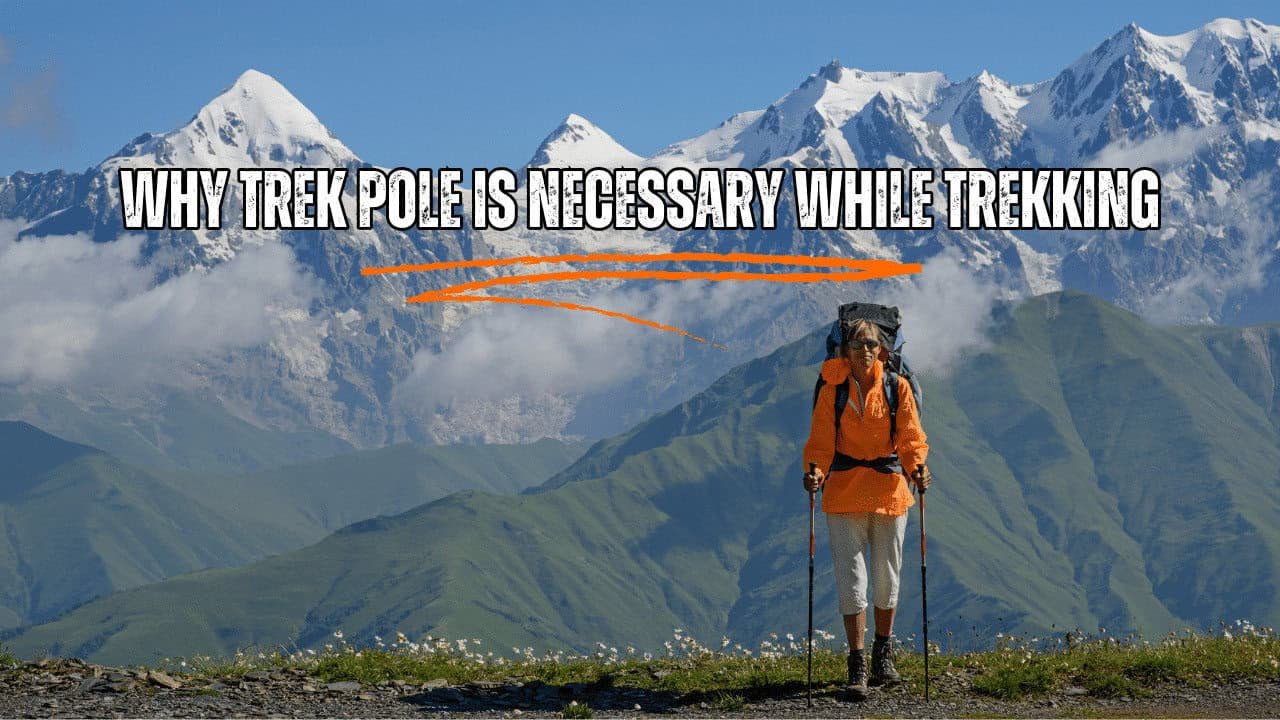
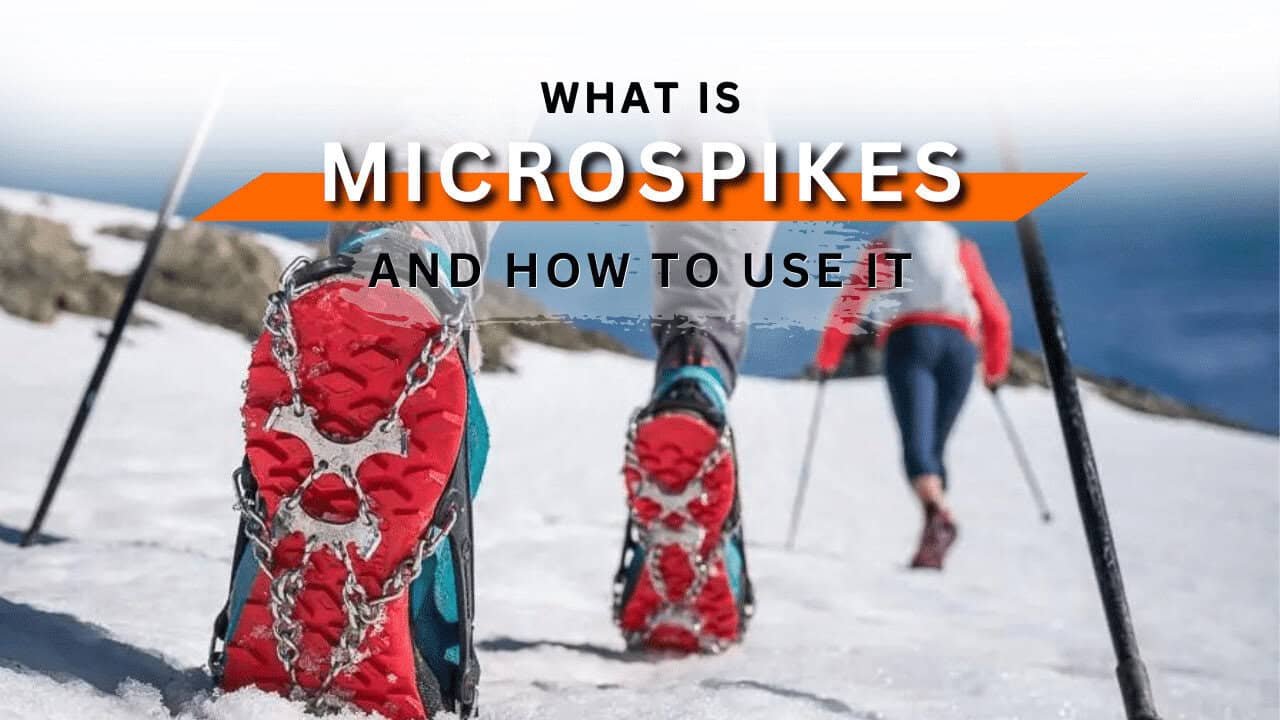
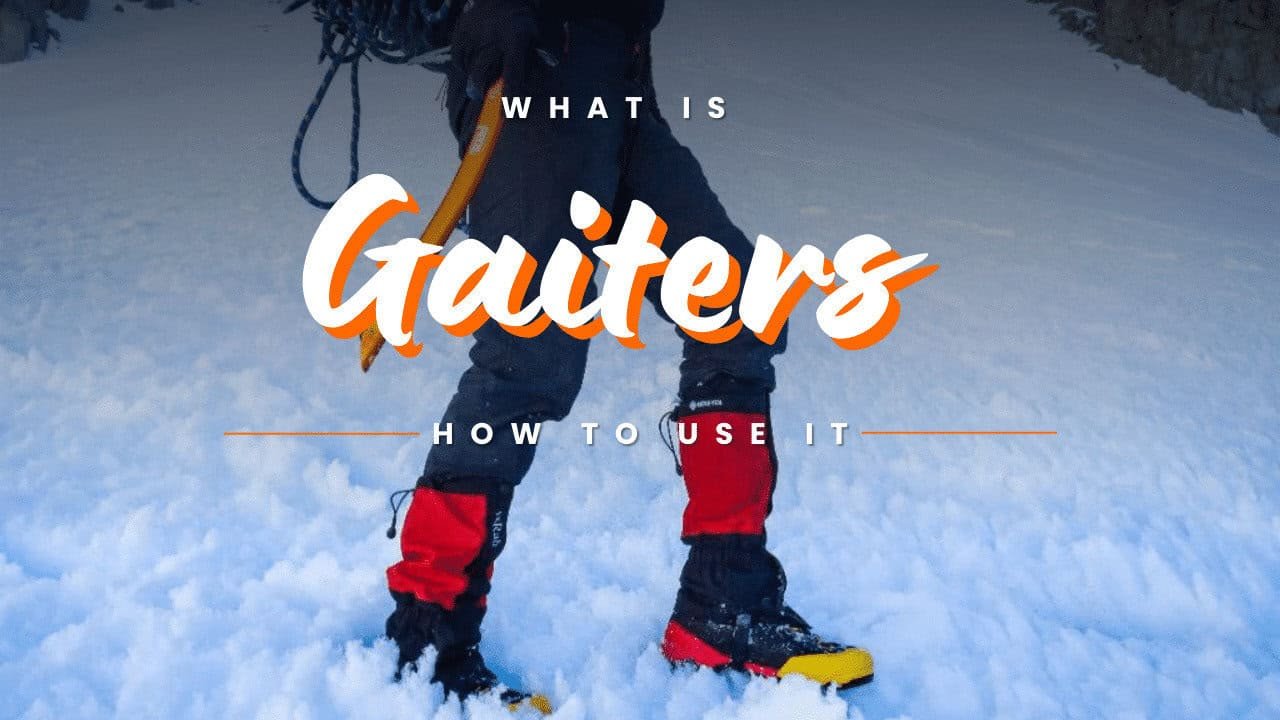
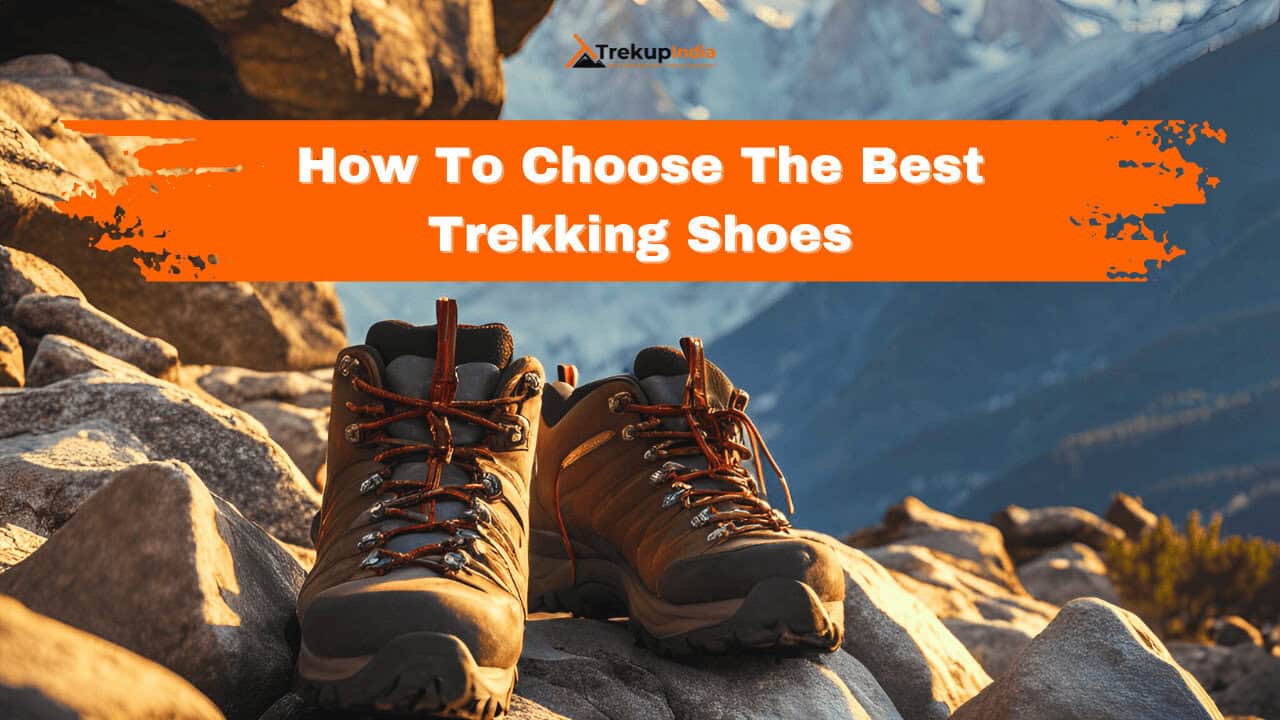

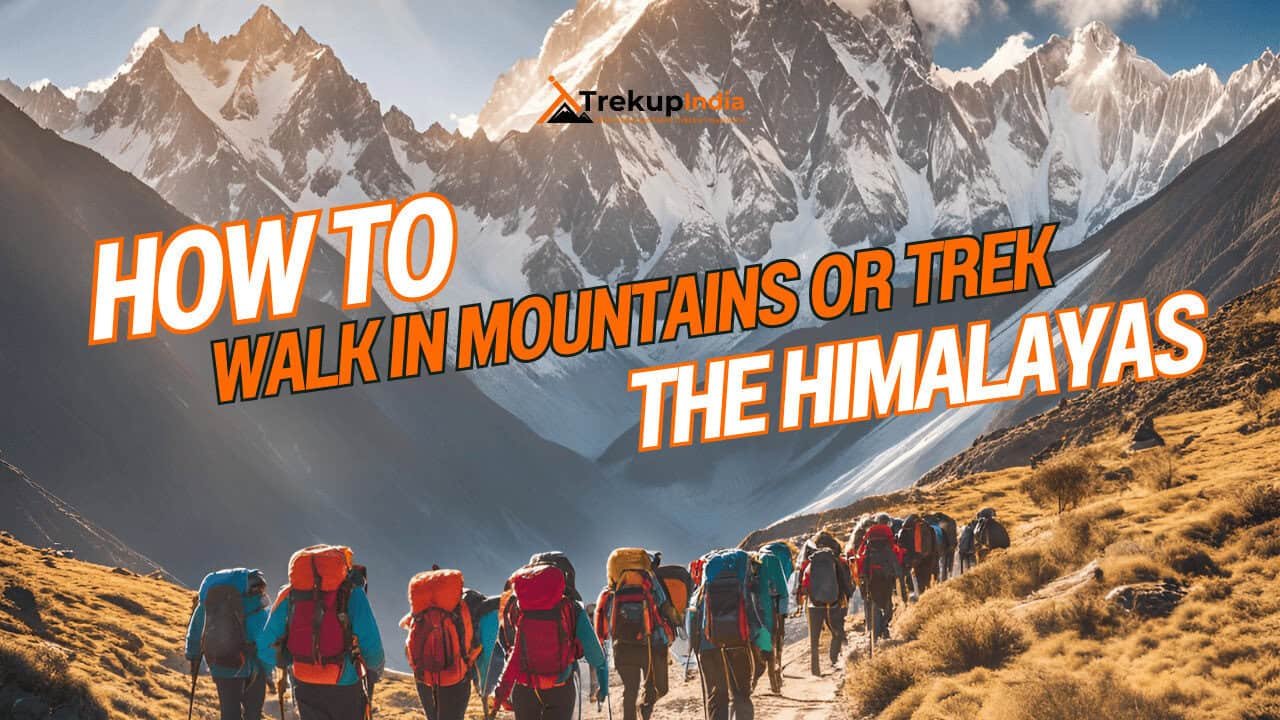

Know Everything About Acute Mountain Sickness
Acute Mountain Sickness occurs when people trek to high altitudes above 8,000 feet. This condition itself develops further due to reduced oxygen levels at such heights. Basically, as you go higher up, the air pressure and oxygen levels decrease, which causes the same problem. Acute Mountain Sickness surely causes headache, nausea, vomiting, and dizziness in affected persons. Moreover, peoples also experience difficulty in sleeping during this condition. To avoid mountain sickness, you should actually trek up slowly to higher altitudes. To learn further about this condition itself, watch the videos by Trekup India.
